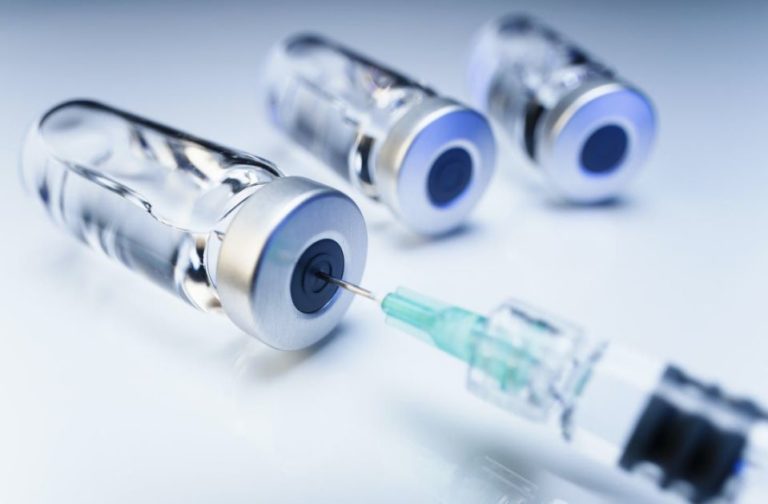Lets talk about:
The new strand of coronavirus VOC-202012/01 and the effectiveness of current vaccines
Coronavirus SARS-CoV-2 (Severe Acute Respiratory Syndrome Coronavirus 2) is a virus with a single-stranded RNA genome. It needs a mammalian host to replicate, therefore infects humans and cause the disease COVID-19 (Coronavirus Disease 2019). For a virus it’s common to mutate over time which also happened to SARS-CoV-2.
After many mutations reported one recently listed mutated genomic sequence named SARS-CoV-2 VUI-202012/01 (Variant Under Investigation, the Year 2020, Month 12, and Variant 1) is considered to be more dangerous than the previous strains as it seem to be more infectious. The variant was re-designated as VOC-202012/01 (Variant of Concern) and is also known as lineage B.1.1.7.

Overview Coronavirus & Mutations
This virus was initially reported in Wuhan, China on 7 Dec 2019. It has spread globally causing many deaths and severe illnesses among people, especially among ones of older ages. This doesn’t mean younger people are exempt from COVID-19 infection.
As mentioned above mutations in viruses are common and so is the case for SARS-CoV-2. Many thousands of mutations have already arise. According to the COVID-19 Genomics UK consortium there are currently detected around 4000 mutations in the spike glycoprotein alone, for example.
So let’s have a look at VOC-202012/01 and it’s mutations now. The genomic sequence of VOC-202012/01 has reported 4 deletions and 14 major mutations in amino acid sequence additionally 6 synonymous mutations occur which doesn’t change the amino acid sequence. How these mutations effect the virus behavior exactly, is still under investigation.
It has been speculated that the mutations ocurred due to replication under different selective pressure, for example in in an alternative host or possibly in an immunocompromised patient.
The strain was first identified as a part of an investigation and ongoing research towards advancement in understanding of the coronavirus in the United Kingdom wherefore samples are sequenced for example. Meanwhile the variant was detected also in many other countries.
Mutational Changes and Nature of Reaction
Among the 17 identified modifications, which lead to change in the amino acid sequences, the following ones have potential biological effects:
- N501Y means that at position 501 of the amino acid sequence a former asparagin (N) has changed to tyrosin (Y) due to mutation. The amino acid at that position is one of the six key residues within the receptor-binding domain. The change to tyrosin has been identified as increasing binding affinity to human ACE2 which serves as the entry point into cells.
- P681H means that at position 681 a proline (P) has changed to histidine (H). This mutation is next to the furin cleavage site which is of biological significance and a point of distinguish in comparison to former coronavirus strains.
- 69-70del is a deletion in the spike gene which causes the loss of the two amino acids at position 69 and 70. As this region lies within the S-gene region which is used as one of some three target assays, the deletion has resulted in S-gene target negatives among PCR positives.
- ORF8 Q27stop has shown stop mutations that disrupt the fabrication of ORF8 protein which is considered to be a vital role player for virulence. Former variants with a deleted ORF8 seem to be associated with milder symptoms.
The majority of the VOC-202012/01 mutations are observed in viral spikes. Whereas the N501Y one is considered the most crucial and concerning. As mentioned this mutation is within the SARS-CoV-2 S-domain receptor binding site that enables it to enter the human body at the ACE2 site and cause respiratory infection. Further the introduction of mutations in the receptor binding site of SARS-CoV led to a higher ACE2 binding affinity in SARS-CoV-2. Thus appearing more infectious than the previous strain.

Developing a Vaccine against COVID-19:
Development of vaccine is a complicated process which gets even worse due to frequent variation and mutation in the viral strain of SARS-CoV-2. The main focus during investigation and development of the vaccine often is the spike protein with its’ receptor-binding domain as virus gain entry through the binding site.
After training the immune system to recognize the receptor binding site via a vaccine, the virus can be detected and bound by antibodies. Besides making the virus vulnerable to the immune system by antibody binding, it can also prevent the virus to bind to ACE2/DPP4 sites of respiratory cells or epithelial cells of the human body, so that they can’t enter and infect them.

mRNA Vaccine BNT162b2
Pfizer/BioNtech have a vaccine against Covid-19 named mRNA BNT162b2. This vaccine is a highly refined single-stranded 5’-capped mRNA which encodes a codon optimized form of the spike protein of SARS-CoV-2. The mRNA is encapsulated in lipid nanoparticles.
This vaccine has an overall efficacy of 95%. With regards to the question of whether this vaccine is effective against VOC-202012/01 strain?
It is assumed, besides 17 mutational changes in spike and protein structure of the virus, that this vaccine will remain to be effective because it’s targeting the whole spike protein and therefore antibodies against many regions in the spike protein can be produced.
But this information does not necessarily mean the vaccine will be completely effective. As considerable data is missing to conclude. Virologists and particular companies are experimenting for more data currently and for sure more investigation will be done on that subject.
Bulletpoint Info:
Mutations are common for viruses which is also the case for SARS-CoV-2.
The virus is a RNA one and has a spike protein with a receptor-bingin domain which binds to the ACE2 the entry point of host cells.
The second strain of the SARS-CoV virus due to mutational alteration has a high mortality rate and is transmitting at accelerated rates.
Pfizer/BioNTech has developed a vaccine that is not site-specific thus target at many sites of the viruses outer spikes.
Effectiveness is still a debate due to a large number of deletion, substitution, and modification in viral composition – currently the vaccines are considered to be effective against the new strand as well.
